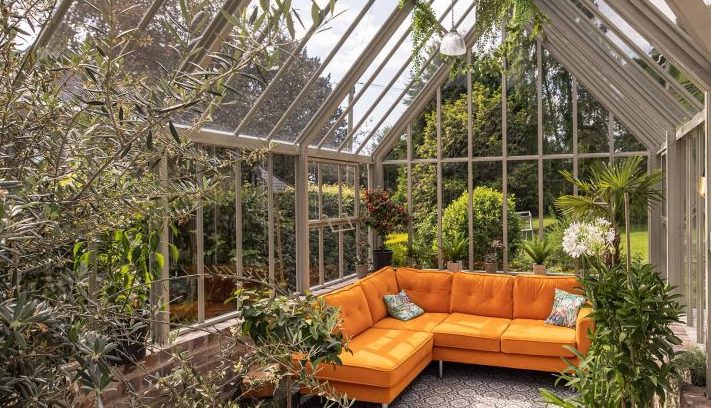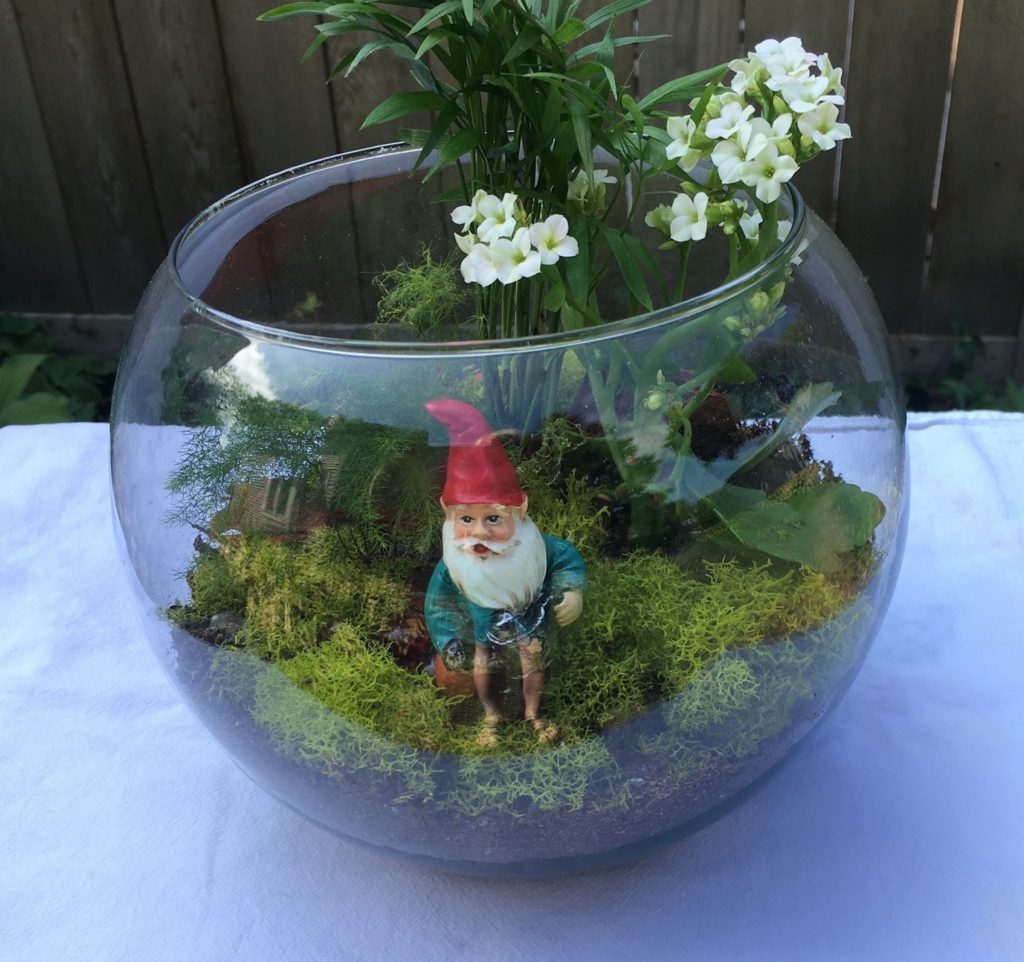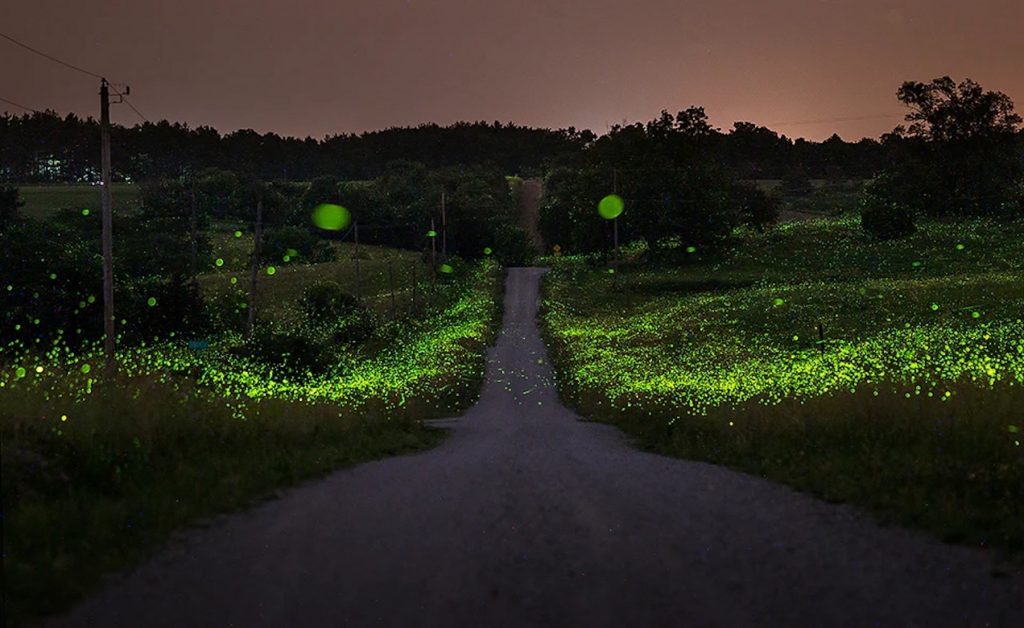Glasshouses serve many purposes: in my experience there are three themes that stand out. Production, Relaxation and Experimentation: A productive Greenhouse is where one grows vegetables, fruit, and herbs for the ultimate “locavore” experience – your own backyard. A Glasshouse can be a personal spa-zone or a short journey to a restful staycation. You know what I mean when I quote loosely from the Rubaiyat of Omar Khayyam, “a book of verse, a jug of wine, and thou beside me [or not] …”.

A Glasshouse always brings to my memory the hothouse/heated wall contrivances of the 18th-19th centuries, when garden staff stoked furnaces to keep alive all the magical mystery fruits and other flora of the New World and Empire, like pineapples, that fuelled the advance of horticultural practice as it evolved.
Whatever the theme, there is one constant…growing under glass nurtures a dream. All this jumped out to me when my cousin, Dave Greske, retired to focus on his writing career and make it more successful than it already is in his novels, in which he creates dark worlds where all is not what it seems. But first, Dave put on his gardening hat and inspired, I think, in part by Ken sense of fun, let his own sense of whimsy, run, and created miniature worlds in glass bowls. He explained:
“When I was working, I had an air plant in the globe. The air plant died, and I had this nice globe that I didn’t want to toss. So, I just decided to turn it into a terrarium; I always had a fascination for those self-contained ecosystems and thought I try one. They’re really low maintenance (I don’t think I’ll kill it), and they can be personalized with little figurines and such. I made two, one especially for Ken. He thinks they are really neat, and he picked out the plants for that one. My terrariums,” says Dave, “make me happy.”

Apart from wondering how one kills an air plant, Dave’s glass bowl gardens reminded me oddly of my earliest attempts at creating terrariums in glass jars to sustain the lives of the lightening bugs, aka fireflies, I caught as a child. Those tiny bursts of light dancing through the grove of trees that framed our “court” of apartments in Park Forest, Illinois, were magnets to me and the other kids. The understory was thick with these little beetles as the males flicked on and off using their bioluminescence to attract a female waiting alight in the grass (that part we didn’t know!). The light also gives predators warning of their toxicity.
Sadly, the warning signal doesn’t work on humans; one little kid in my gang used to delight in squashing and smearing the glow on his hands … horrid child! Nowadays, with the widespread use of toxic chemicals to control “pests”, we’re also exterminating the most benign fauna; in fact, any pesticide will kill adult fireflies, while pesticides kill their larvae, too, because they mature underground.

It’s a long time since I saw a meadow at dusk speckled with tiny stars, such that when I did a few years ago, I couldn’t think what was making the display until my own little lightbulb went on. How sad is that? Fortunately, there are others who recognize this fading glory for what it is: another breaking link in the chain of biodiversity. As with monarch butterflies and bees, these folks are working hard to repopulate our gardens with fireflies’ natural illuminations. Ben Pfeiffer, a Texas-based naturalist, is one of the leaders of this movement. His organization, Firefly Conservation & Research offers a wealth of information, including how to bring your garden more in line with the needs of fireflies as well as other threatened fauna…he also offers advice how to safely catch and release fireflies should you feel the need to do so. Whatever. Fireflies make us happy, right?
©Ethne Clarke, 2022.
June 30th was World Firefly Day, 2022, so mark your calendar for next year! The day is supported by the Xerces Society at https://www.xerces.org/blog/world-firefly-day-keeping-fireflies-in-neighborhood
For info on protecting fireflies, visit Firefly Conservation & Research: https://www.firefly.org/how-you-can-help.html
The National Recreation and Parks Association have recognized that fireflies can be a tourism resource so are keen to support their conservation: https://www.nrpa.org/blog/help-fireflies-before-theyre-gone-in-a-flash/
It’s simple to make a terrarium, and a good, practical video produced by Laura LeBoutillier of gardenanswer.com is on YouTube: https://www.youtube.com/watch?v=3y_e1dzL61Y
Discover author Dave Greske’s writing at http://www.davidgreske.com/author
For more of Radim Schreiber’s photos, visit his website, https://fireflyexperience.org/


